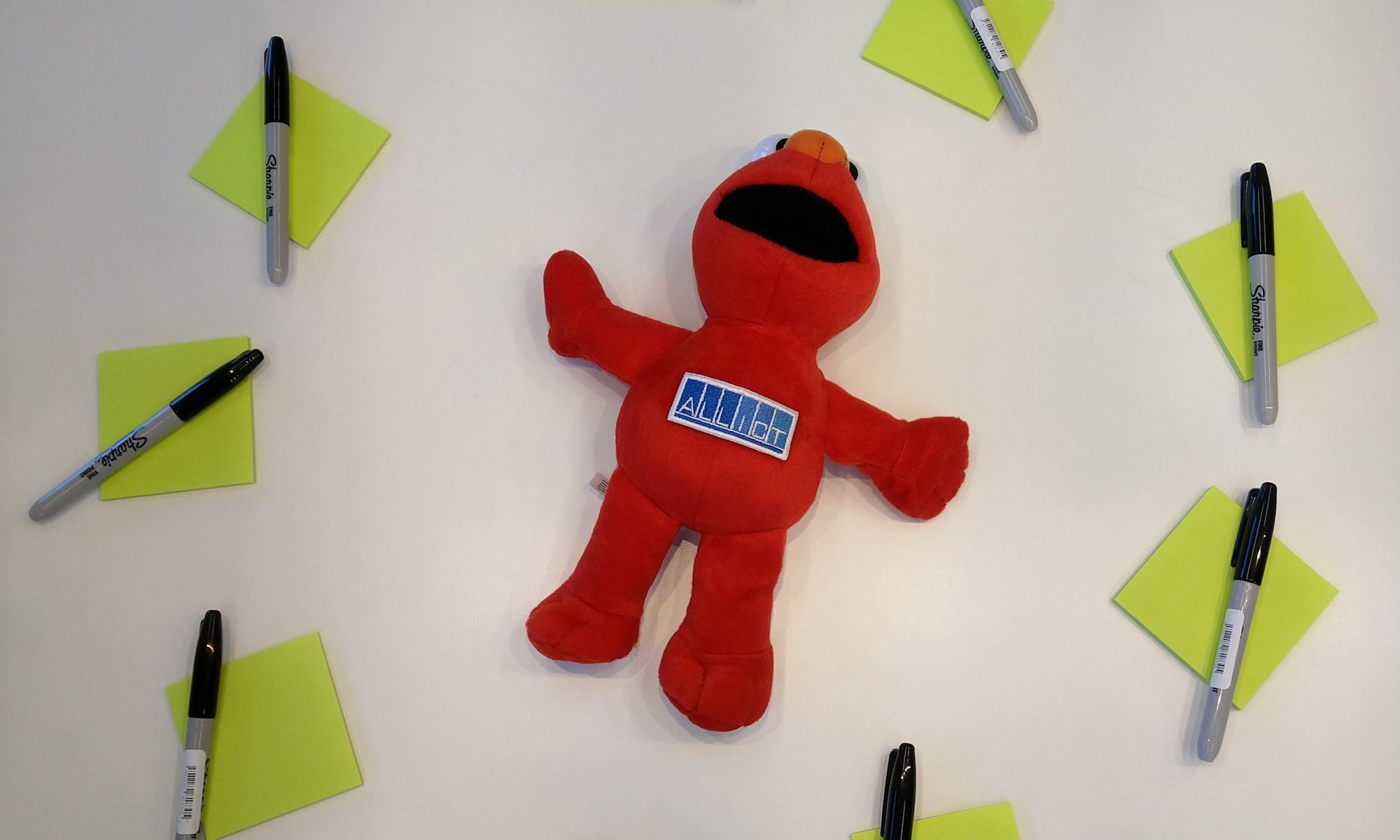Je maakt gebruik van je eigen hand. Je geeft iedere vinger een betekenis in relatie tot de afgelopen sprint. Je laat mensen nadenken over hun eigen functioneren en over het functioneren van het proces. Tegelijkertijd activeer je mensen om actief mee te doen. Teken zelf een hand op een whiteboard, door je eigen hand over te trekken. Schrijf bij de vingers:
Duim: Wat ging er goed?
Wijsvinger: Wat is jouw doel voor de komende sprint?
Middelvinger: Wat ging er niet goed? Wat wil je wegnemen uit het sprint-proces?
Ringvinger: Waar geef jij commitment voor af, de volgende sprint?
Kleine vinger: Wat is jouw persoonlijke zwakte?
(Vooral de kleine vinger is daarbij een afwisseling die het geheel persoonlijker maakt.)
Vervolgens vraag je aan het team om hun invulling op geeltjes te schrijven (5 minuten timeboxed). Hierna vraag je de teamleden om omstebeurt hun eigen hand op het bord over te trekken, waarna ze de geeltjes bij iedere vinger hangen en uitleg geven.
as copied from: https://www.scrum.nl/blog/retrospective/
